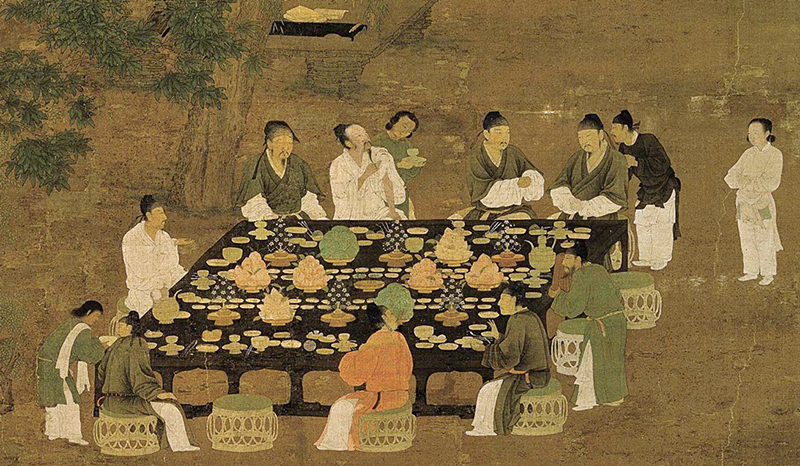From the age of guilds and charters, the royal household has formally recognised certain goods and service providers as suppliers to the crown. And since the 19th century, tea brands have borne the Royal Warrant.
Enjoying the King’s Birthday long weekend? King Charles III might’ve been born on 14 November, but due to a quirk of the calendar we’ve come to celebrate his birthday on the second Monday in June every year*.
The celebration was first declared by Governor Arthur Phillip in 1788 to mark the birthday of King George III every 4 June, and subsequent monarchs on their actual birthdays too. After George V died, however, the date became the second Monday of June to help spread public holidays throughout the year (George VI’s birthday was in December, inconveniently close to Christmas and Boxing Day; Elizabeth II’s birthday was in April, too close to Easter and Anzac Day).
One interesting relationship monarchs have had with trades and merchants throughout the years is, of course, that their households need to be supplied with goods and services. As such, a chosen few become selected providers. Over the ages, this has included everything from a wildfowl providore and an Operator for the Teeth to a Mole Taker and a Rat Catcher.
Formal recognition comes through the issue of Royal Warrants, which officially acknowledge the relationship between the royal household and the suppliers. These are renewed every five years and are listed on the Royal Warrant Holders Association.
There are three tea brands on the list: Fortnum & Mason, which has two warrants, one from King Charles and one from Queen consort Camilla; Mackwoods Tea, which in 2013 (before Queen Elizabeth II’s passing) had Charles launch its HRH Prince of Wales blend; and Twinings, which has held a Royal Warrant since 1837.
Of course, royal tea is not just a UK tradition. As early as the Eastern Jin period (317–420), there are records of Chinese producers sending tribute teas to the emperor’s court; Wu emperor Xiao Ze (440–493) even declared a preference for cakes, fruit, tea, rice and wine instead of slaughtered cattle as tribute.

During the Tang, Song, Ming and Qing dynasties, tribute tea became a more elaborate affair. Initially, tribute teas were voluntary, but as successive emperors became more entitled, tea producers were forced to submit the best of their harvest to the emperor’s taste, and to his high standards. These days, the top teas from this period comprise the list of China’s 10 famous teas:
- West Lake longjing (dragon well)
- Bi luo chun (spring snail)
- Huangshan maofeng (tippy green tea)
- Junshan yin zhen (silver needle)
- Qimen red (keemun)
- Lu’an gua pian (melon seed)
- Xinyang maojian (tippy green tea)
- Da hong pao (big red robe)
- Tieguanyin (iron goddess of mercy)
- Lushan yun wu (cloud and mist)
Much later, Japan’s elite – the emperor and his officials, but also top samurai and shogun – would also receive the finest tea from Kyoto in a special tea jar via the Ochatsubo Dochu (茶つぼ道中), which was a grand procession from Uji to Edo (modern-day Tokyo).
Today the beverage of the common tea drinker and royalty is much, much closer – turns out they get tea from the same places we do and without the pomp and ceremony of the past.
*Except Queensland and WA.